
2. Lawn gardening.
30 March 2025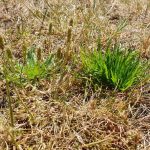
4. A dry May
16 May 2025Spring is most definitely here, and lawns everywhere are growing.
I notice that those who undertake the upkeep and maintenance of the shared lawns where I live have been out with the mower, and as usual set the blades much too low.
They have once again very successfully scalped the lawn, massacred any forbs cultivated in it and we now have some nice shiny soil to show for it.
A few years ago I had asked them to reduce the frequency of mowing as the grass was going brown much too quickly with the too frequent and too low cut they gave it. My request caused a bother over contractual service obligations. What the service contract said was required was killing the lawns but could not be changed apparently. Keeping the contractual stipulations for lawn maintenance unchanged was more important than its effect on the lawns themselves.
In my universe that is a little odd. Tis a mystifying island we live on sometimes.
It is May and the start of Plantlife’s No Mow May (NMM) campaign implementation. It gets a lot of publicity, and organisations and gardening folk all around the country are persuaded to leave their lawns unmown for the month of May.
In the round it is thought that it should be an environmentally benign withdrawal of mowing activity, yet there is little surety in its outcomes, positive or negative.
Above: A lawn at the end of No Mow May. Not particularly floriferous or seemingly lawn-like anymore. Most of the low and slower growing plants will have been very stressed. It is the taller and faster growing plants that are the winners. To me it seems a way to filter the lawn plants to mostly tall and fast-growing ones, and in the process probably reduce overall biodiversity.
I find myself perplexed at the assertion that this temporary measure is good for pollinators. An observation made during pollinator monitoring research was that many flying pollinators can be reluctant to venture far into a grassy sward and prefer more eaily accessible floral resources held above it or around its edges. Spiders and other predators tend to inhabit grassy swards.
Certainly, some plants, if you have them in the lawn already, such as cuckoo flower (Cardamine pratensis) or germander speedwell (Veronica chamaedrys) will have a chance to flower when normally they would be mown, but usually I do not encounter cuckoo flower or germander speedwell in all but a few rather special lawns, and I am someone who looks.
What I do see is plants such as buttercups, and wind-pollinated plantains and grasses, putting on more vegetative growth as they compete to gain height on each other.
I am yet to notice significantly more flowers on the forbs or in the unmown patches generally, just that fast-growing competitive plants have taken more space, and then been followed by a brown light-starved lawn after being mown come June. A browned patch that then requires time to recover, and be reclaimed by the plants that do better and look better in low vegetation.
Tis a mystifying world indeed.
Above: A pollinator lawn at RHS Harlow Carr. Some butterfly pollinator larvae (caterpillars) eat grasses, such as the Gatekeeper and Meadow brown (currently two of the most commonly encountered of British butterflies, as recorded by the Big Butterfly Count), but wouldn't a bit of plant diversity and nectar-bearing flowers be useful as well?
My other also somewhat sceptical observation is: it is not as if the UK has a lack of unmown grass within its national borders.
According to the Office of National Statistics, semi-natural grassland covers 10% of Britain, while urban areas take up around 7%. Perhaps that is why, in part, that we see more Gatekeeper and Meadow brown butterflies than most others?
To my mind there are better and more proven ways to improve the biodiversity function of semi-natural urban grasslands (lawns). It is species-rich grassland (essentially flowering country meadows) that has had the most quoted and drastic of declines.
Common garden lawns cannot replace this type of now rare species-rich grassland meadow, the plants can differ considerably; but rather than not mowing for a month, it strikes me that creating and fostering species-rich urban grasslands including T-lawns (that can match meadow plant diversity levels) might be a more rational approach.
Interestingly, in the USA it has been noticed that the primary benefactors for the equivalent NMM behaviour there, appear to be the imported alien plant species such as dandelions and white clover, and alien insects such as honey bees. North American natives, both plants and pollinators, do not appear to benefit very much, if at all.
NMM is quite irrelevant if you happen to have a T-lawn. They receive their first mowing of the year in May, with around only a handful or so more to do for the rest of the entire year. As it is, T-lawns usually tend not to be mown for 6 months of the year anyway. If you do not want to do much mowing, get a T-lawn.
What is particularly interesting to me at this time of year, is the variety of plants that are showing up in lawns just now. Some planted, some not, and sometimes we forget that humans are not the only ones who plant into lawns.
There are plenty of overlooked plants nestled between the blades of grass in lightly managed grass lawns, the ones NMM tends to push out; all you need to do is take a look.
Luzula campestris (field woodrush/sweeps brushes), not a grass but a rush, and a food plant for at least 8 species of micro-moths. Usually found on wet acidic soils, it also can be surprisingly drought tolerant. The memory mnemonic “Sedges have edges, rushes are round, grasses are hollow, right up from the ground” can be useful when working out what that ‘not grass’ actually is.
A diminutive dandelion. Britain has over 230 different dandelion species, usually listed as Taraxacum agg. as they are quite challenging to identify. I don't know which this one is despite referring to the BSBI Handbook 23 on British & Irish dandelions. It is certainly the tiniest dandelion I've encountered. Look closely and you'll see some parsley-piert and mouse-ear amid the blades on this sandy spot.
Veronica chamaedrys (Germander speedwell). A common, mostly May-June flowering, clonal, perennial with clear blue flowers and food for 14 recorded invertebrate species. A cheerful delight in lawns when established, and one of the plants that may benefit from NNM compared to a more usual weekly mowing frequency during May, though it survives without it.

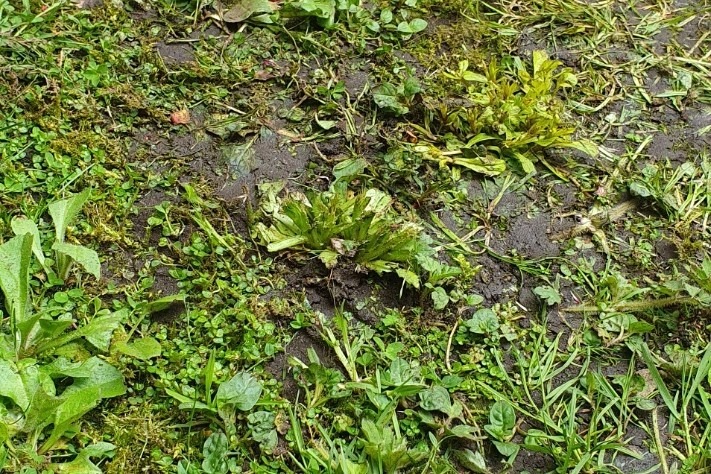
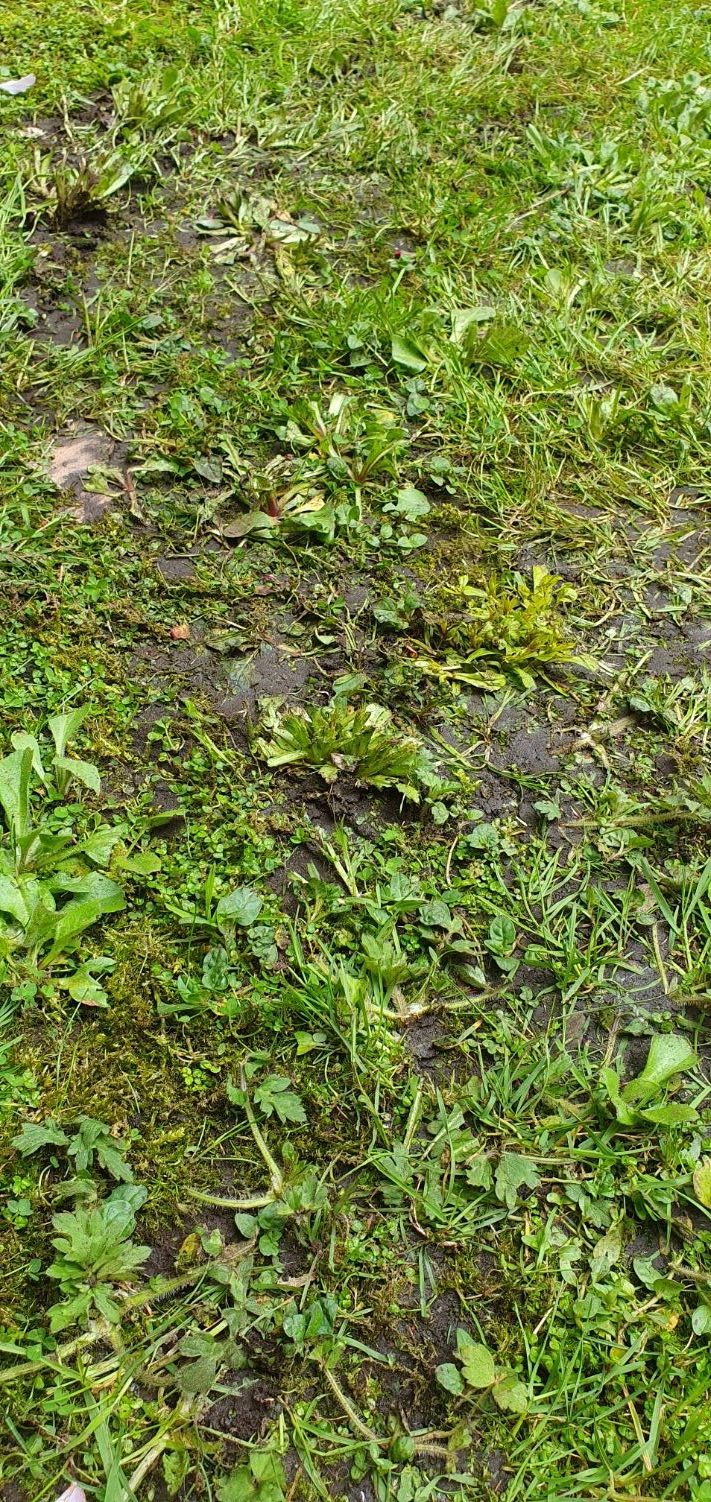
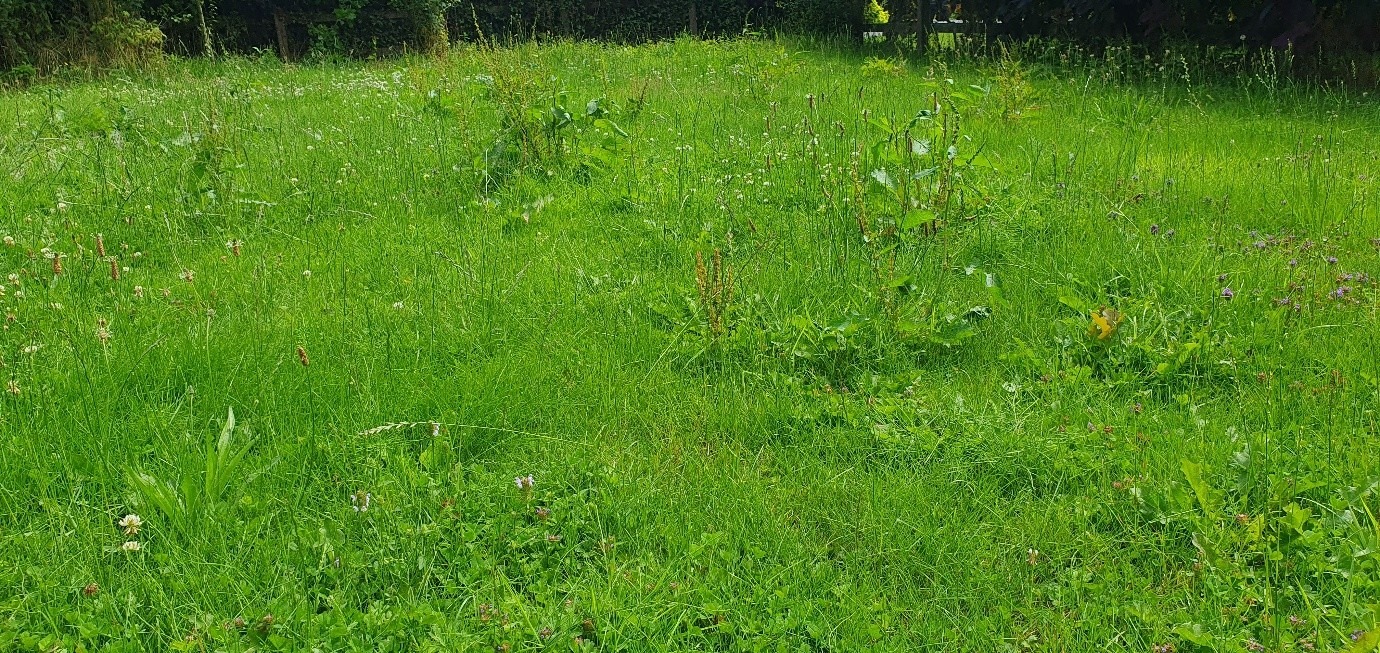
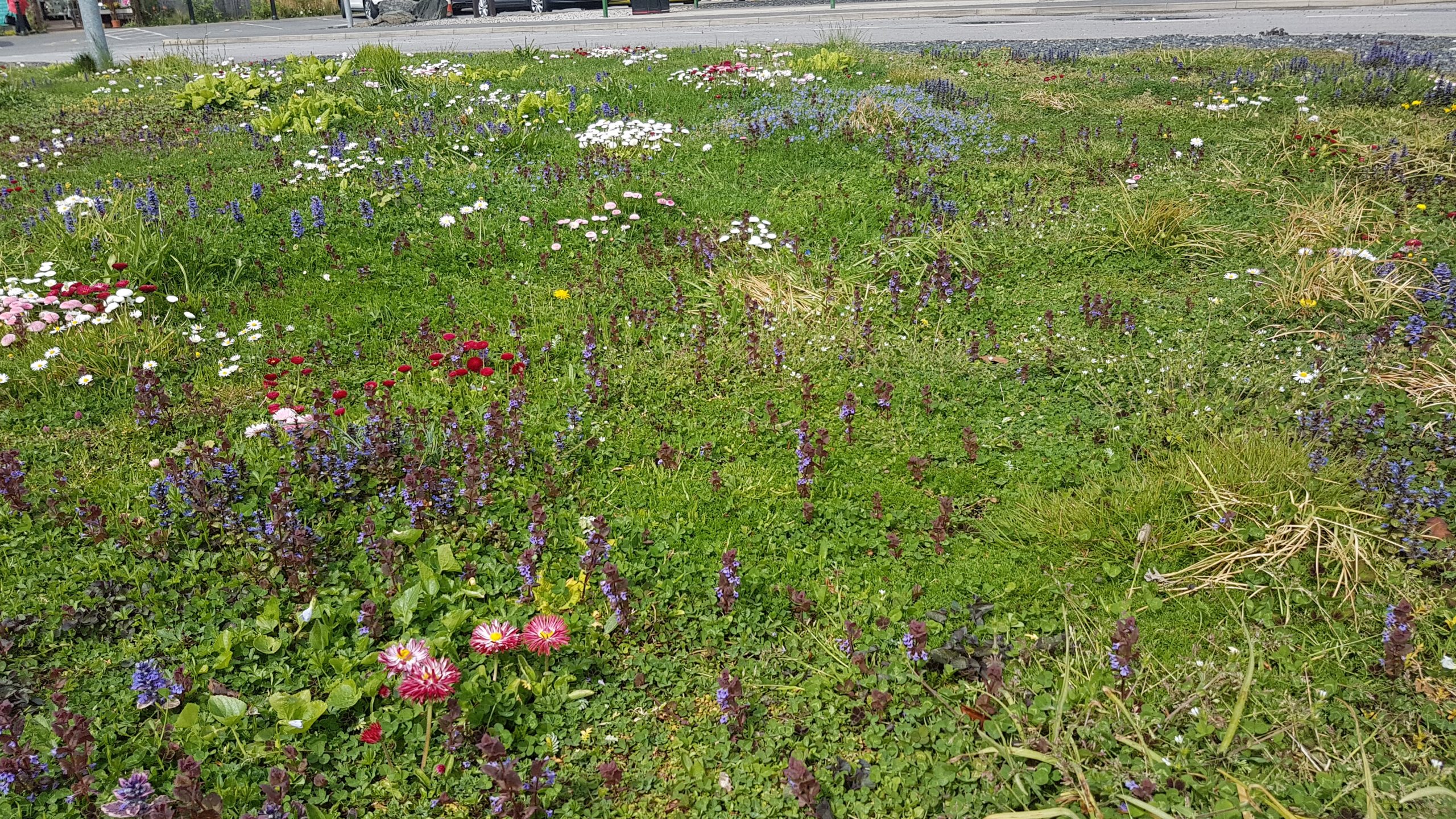
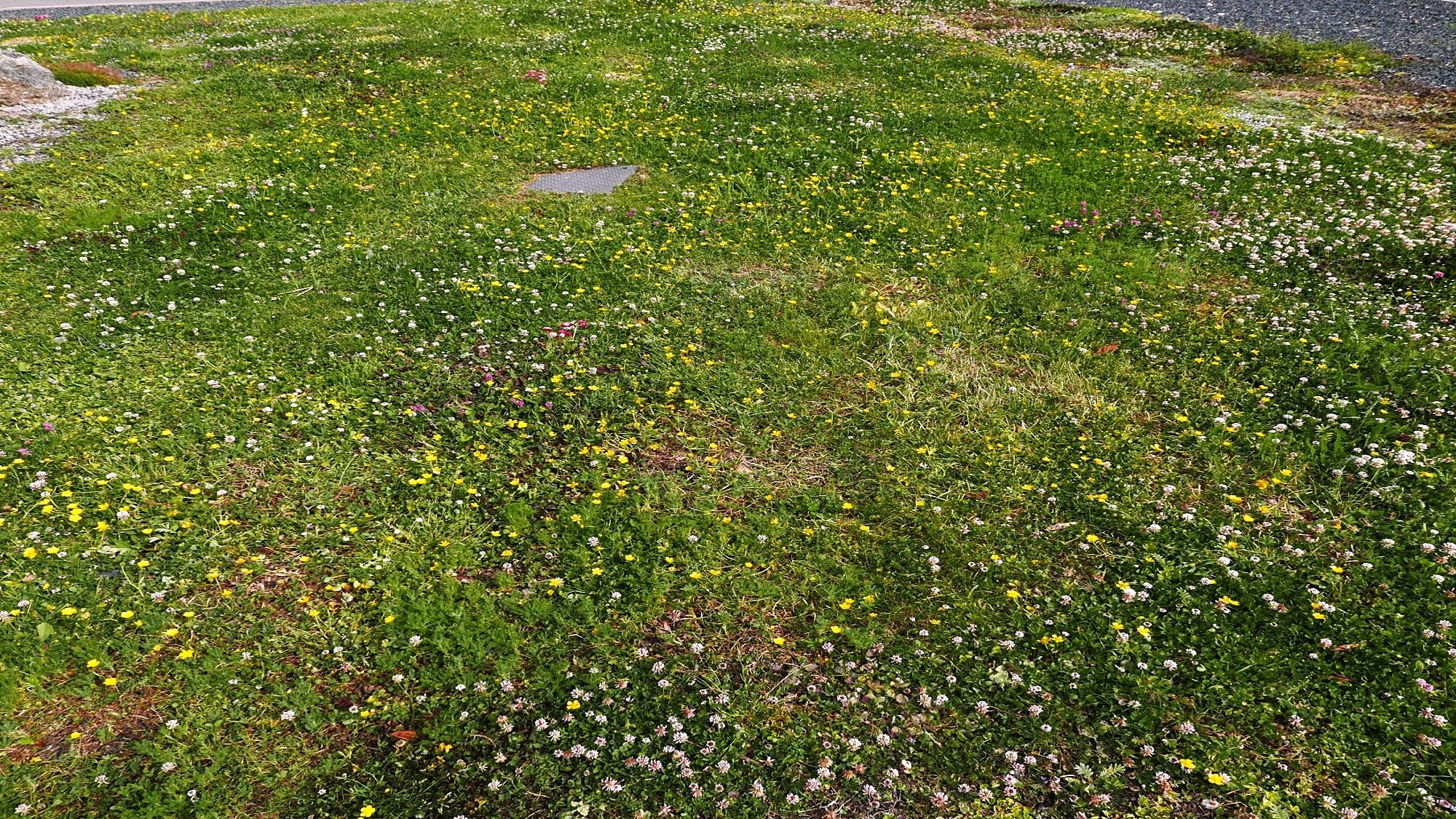
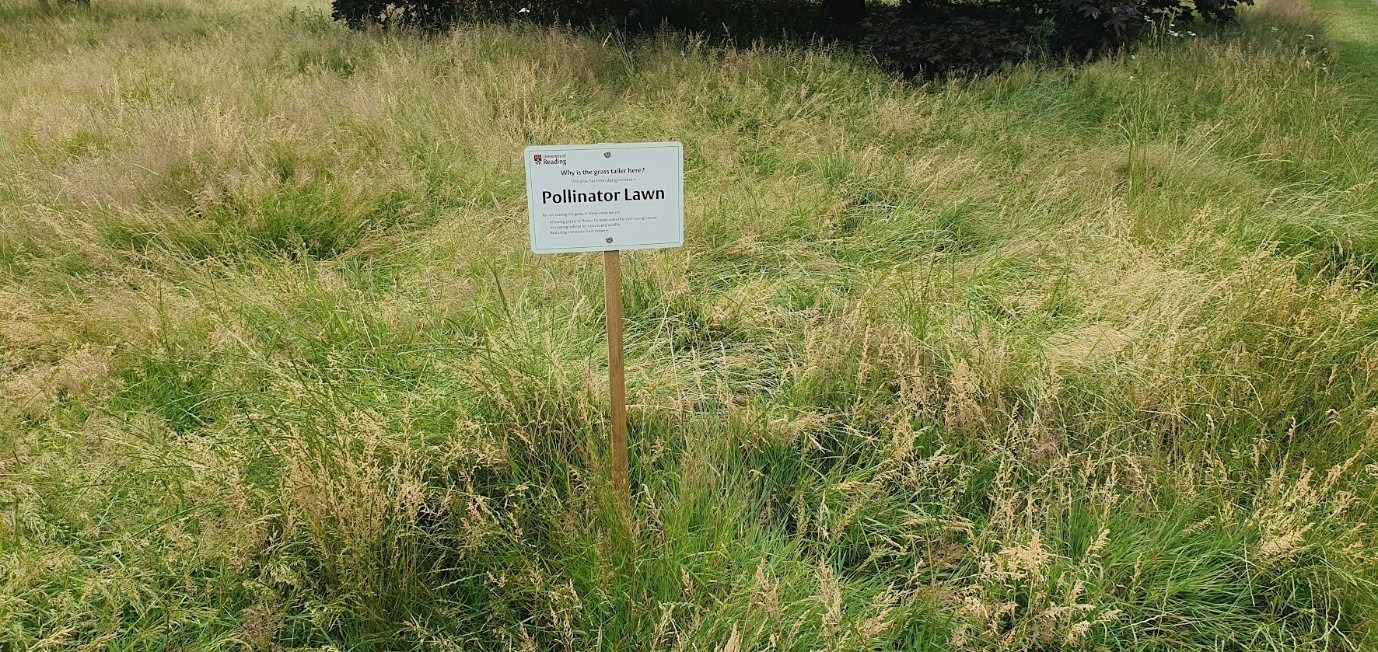
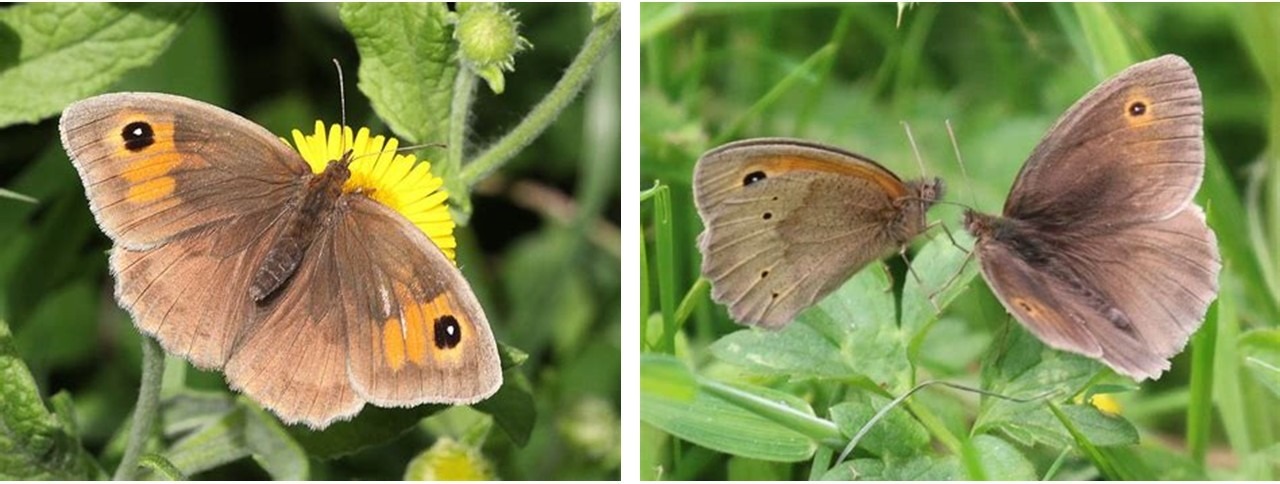
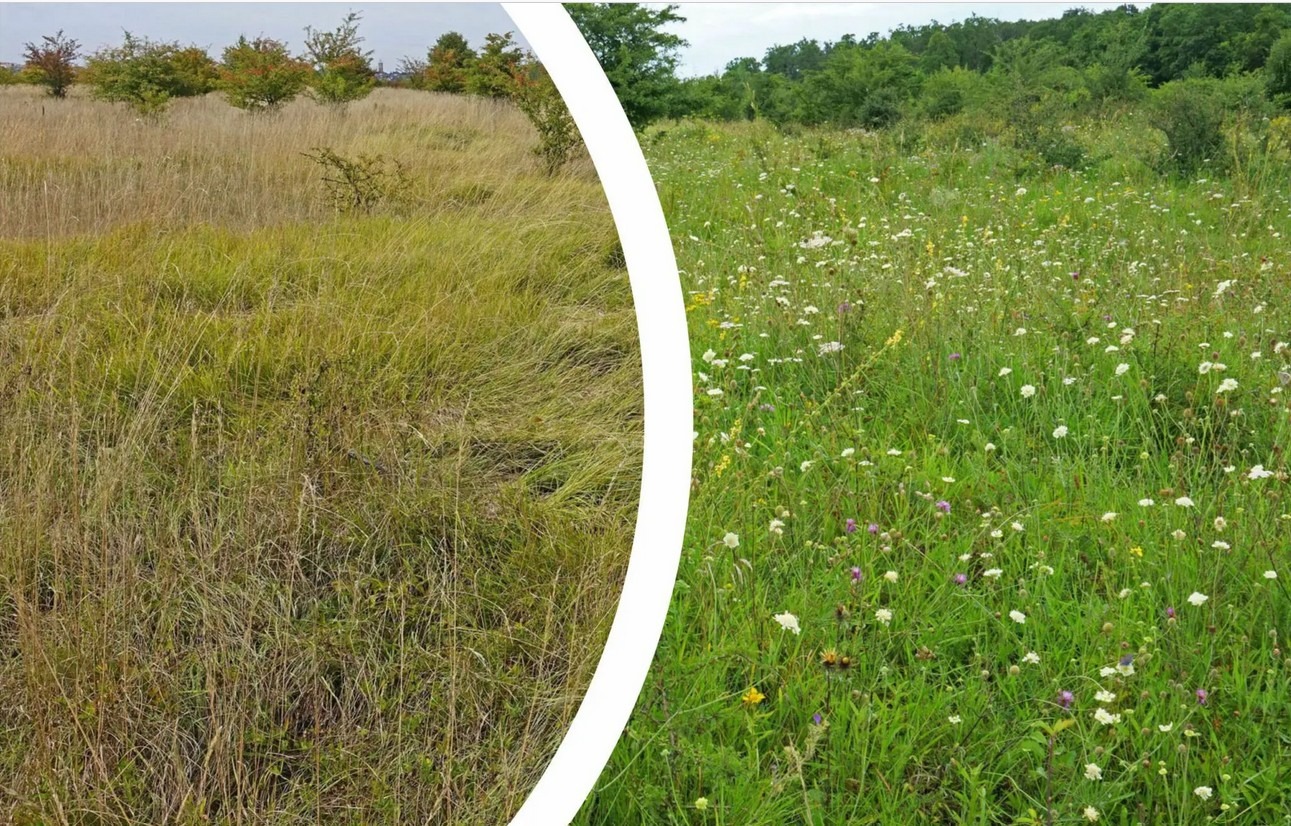
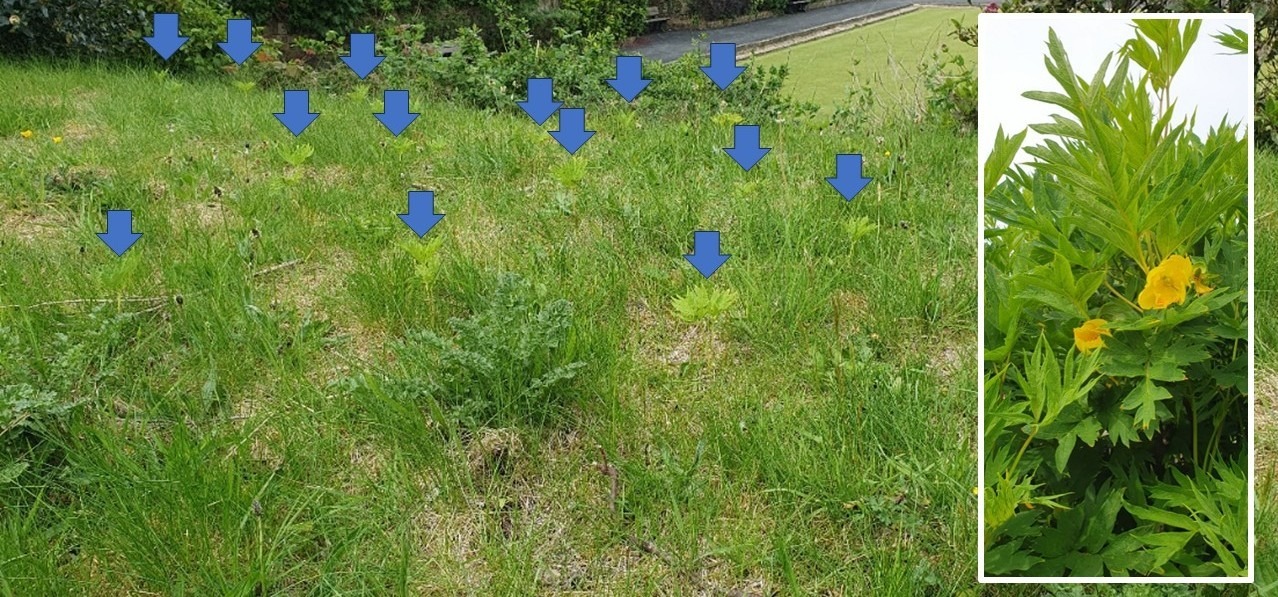
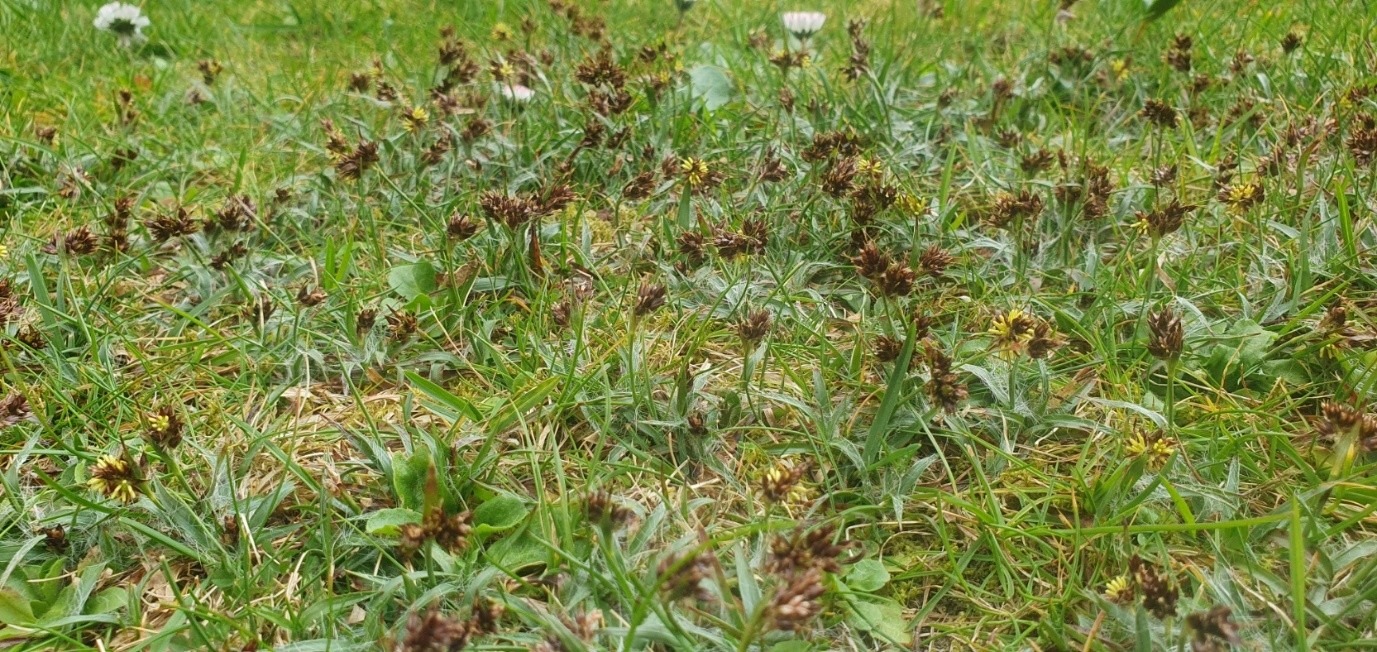
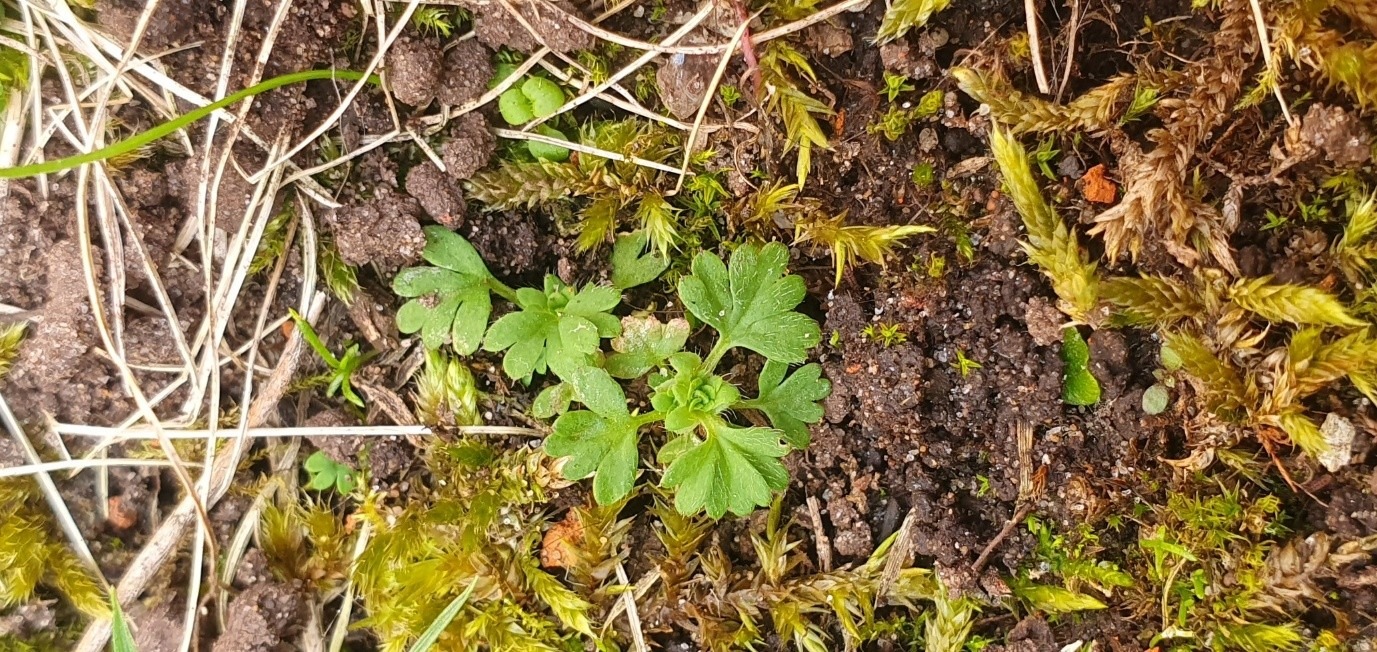
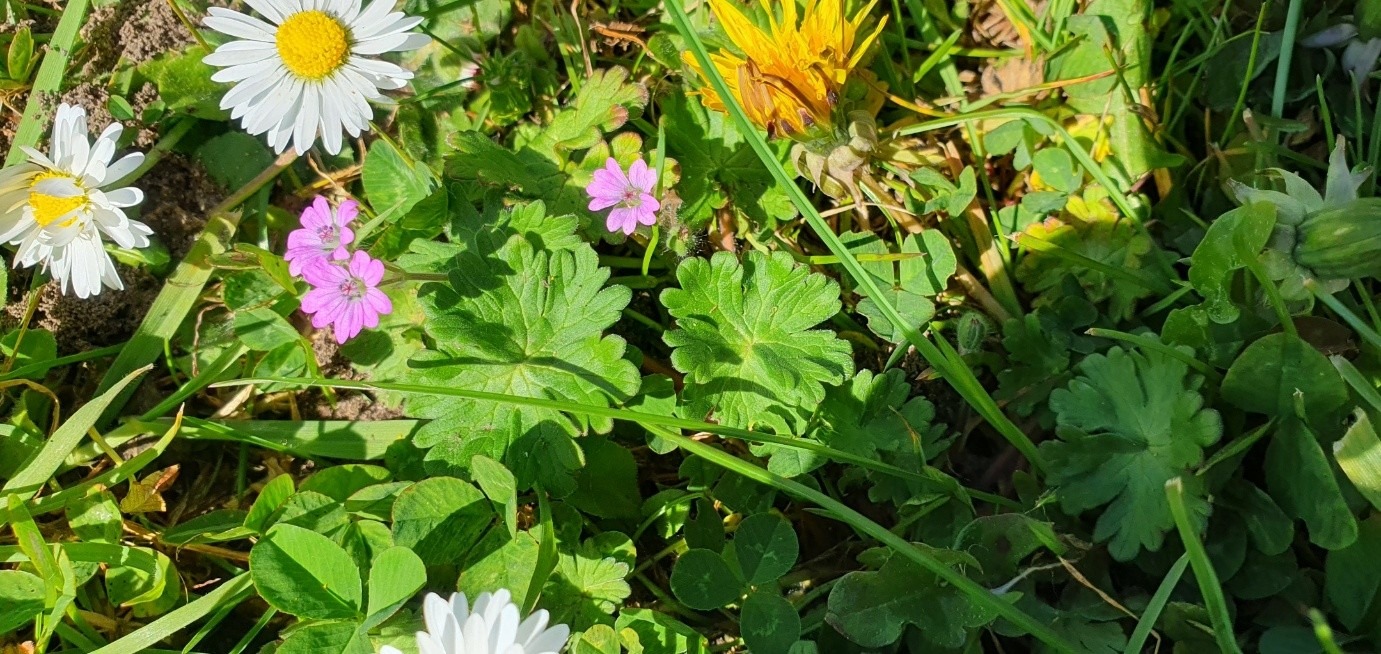
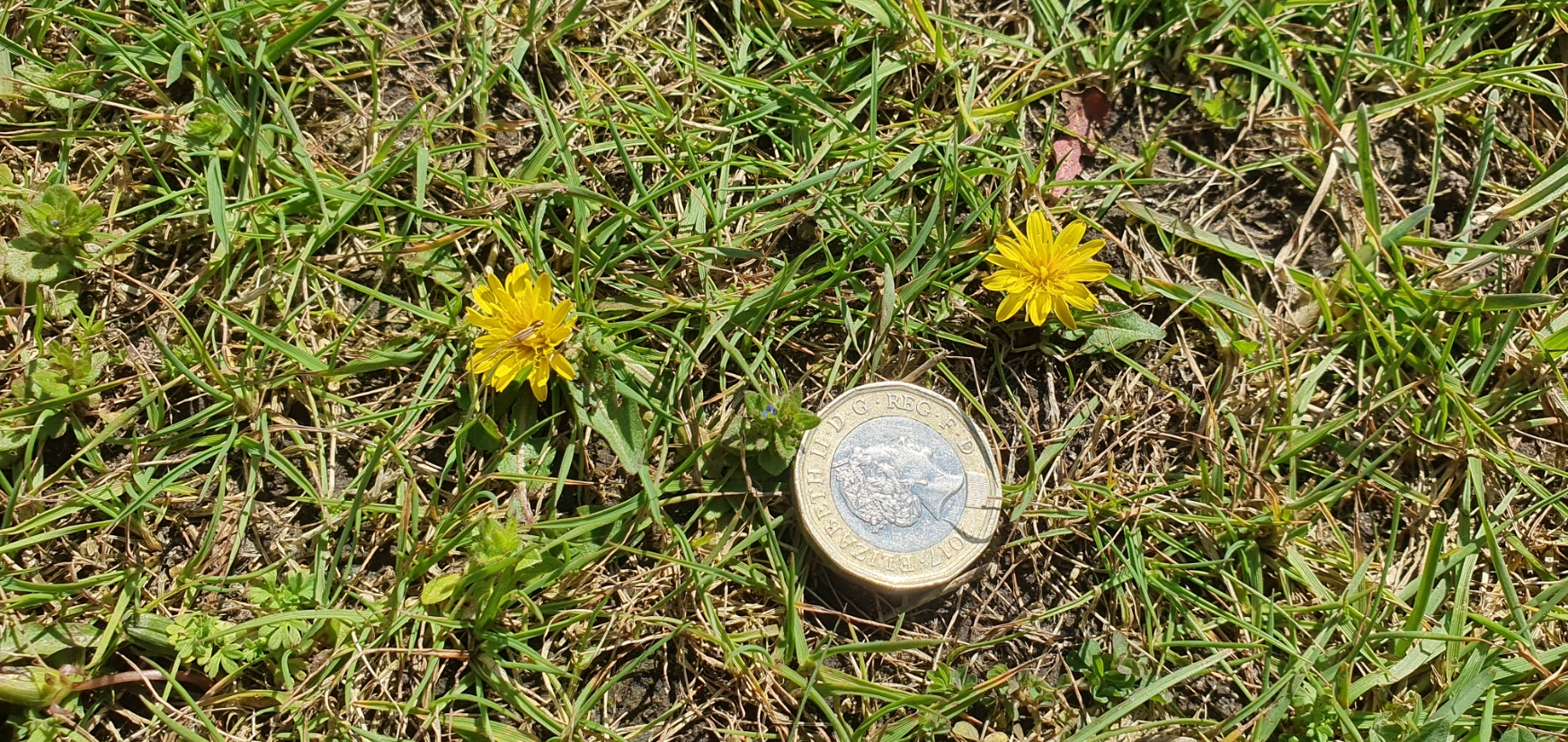
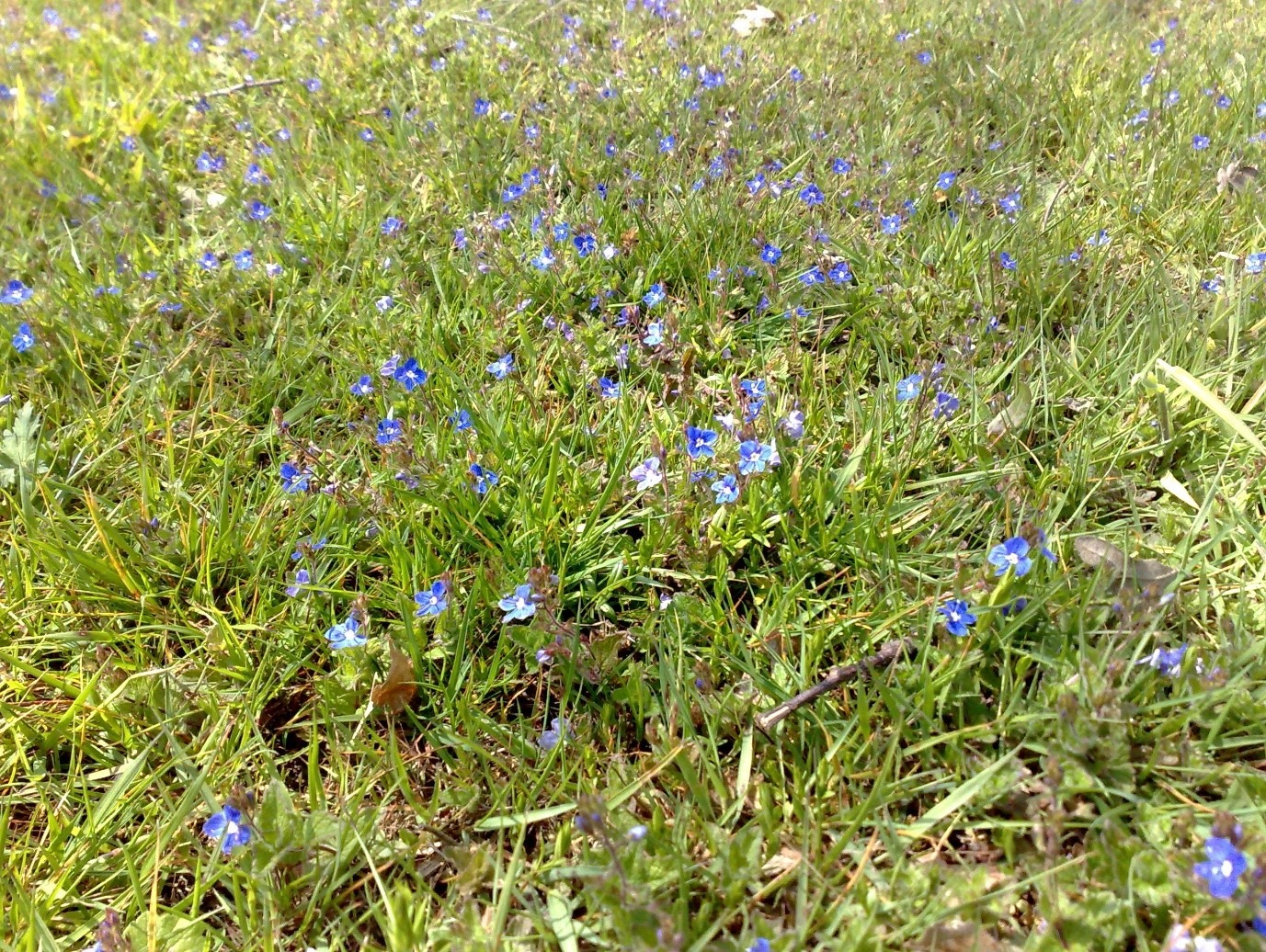

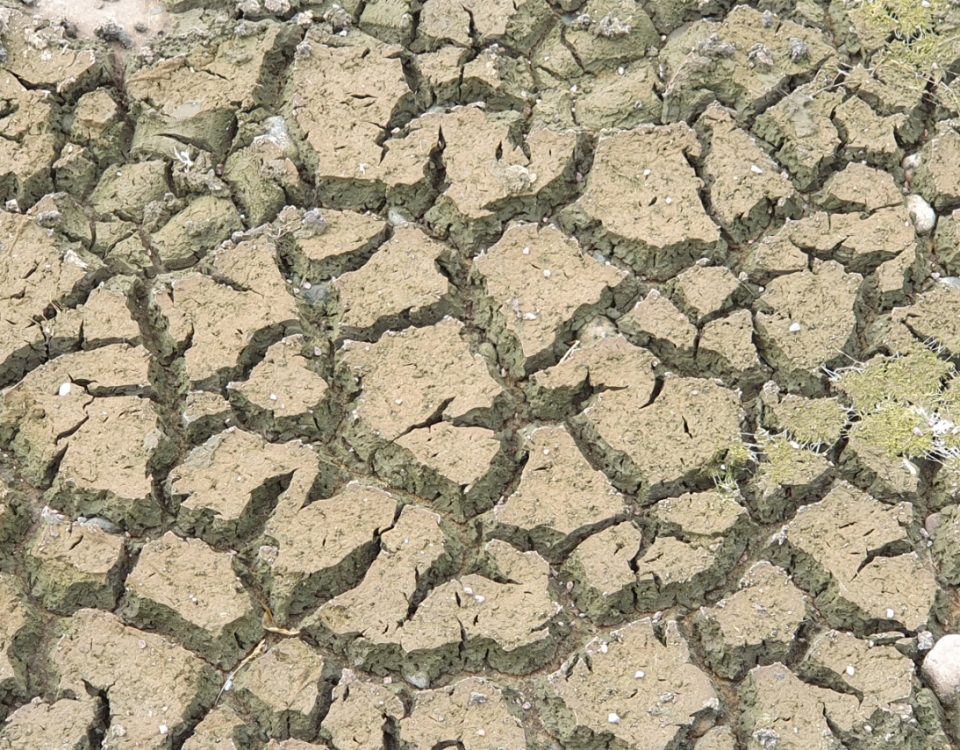
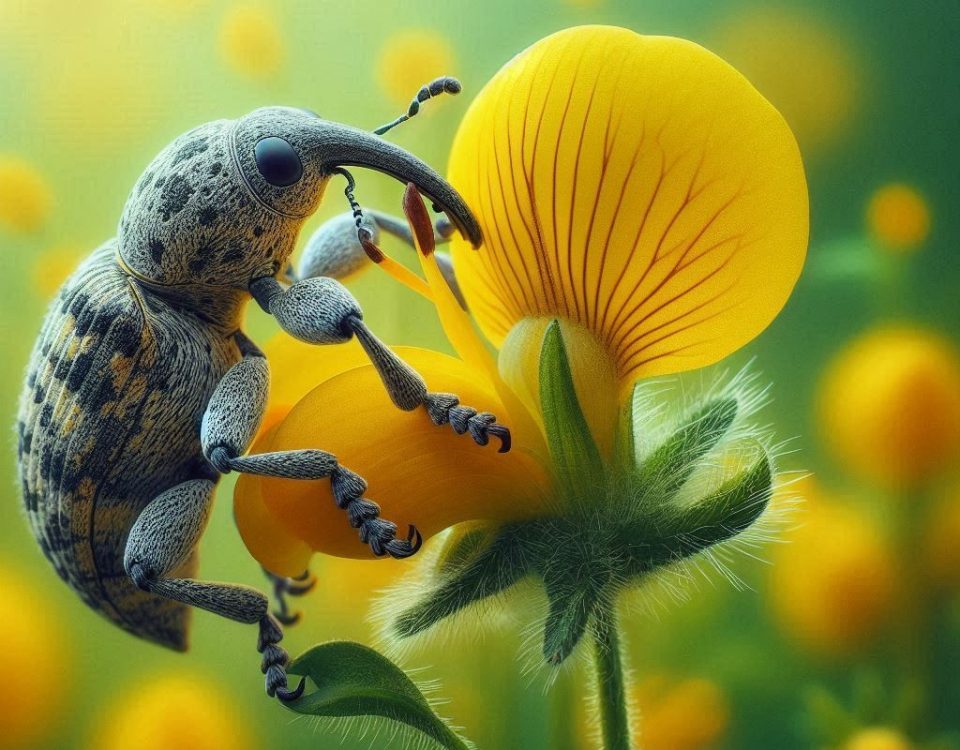

1 Comment
I love this blog post Lionel! I learned a few things I didn’t know and found it really interesting. I deliberately cut my grass on a high setting to allow the forbs to grow and even had forget me nots self seed and appear this year! Eventually, i’m going to get rid of the grass entirely and plant a tapestry lawn as I hate the grass and want a lawn full of pretty flowers, which is much more pleasing on the eye, easier to maintain and better for biodiversity.